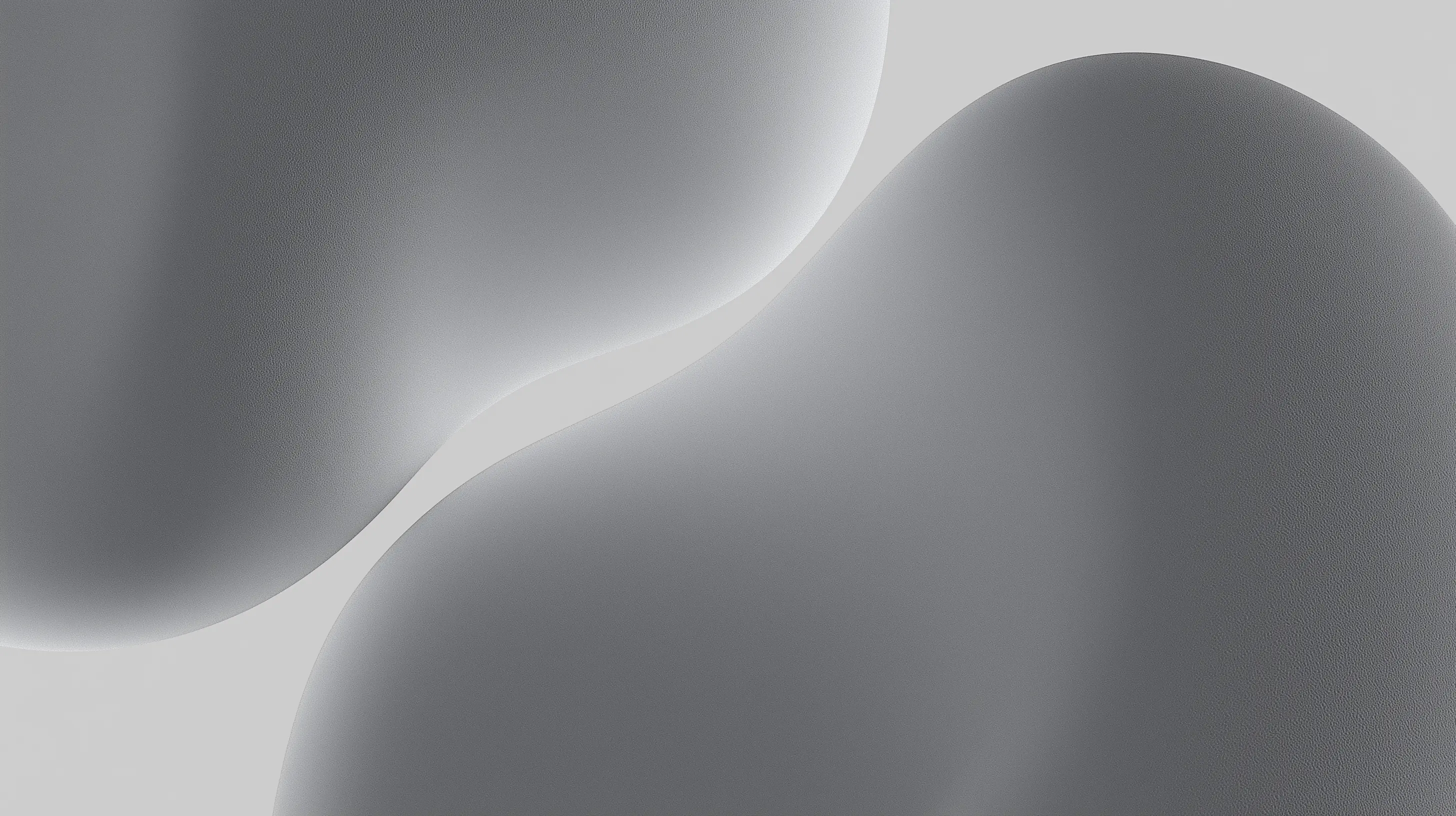No. 15
Nelly Drobjazko
The role of nuclear shape and chromatin architecture in stem cell state and fate regulation
Cells are continuously exposed to a range of biochemical and mechanical cues from their dynamic microenvironments. These signals are integrated in the nucleus to drive real-time cell state specification. The
mechanisms by which these biomechanical circuits guide cell fate transitions involve nuclear deformation,
triggering transcriptional rewiring and modulation of nuclear shape and chromatin architecture. Here, I explore
how mechanochemical mechanisms, specifically the interplay between dimensionality, topological
confinement, and biochemical switches, enable human induced pluripotent stem cells to exit primed
pluripotency and undergo state and fate transitions. Preliminary data indicate that topological cues accelerate
exit from primed pluripotency and, over a 96-hour trajectory, lead to a symmetry-breaking event marked by
the emergence of nuclear YAP and E-Cadherin high cell clusters in stereotypic positions. These findings
highlight the critical role of dynamic mechanical, biochemical, and topological signals in regulating genome
architecture and directing cell state and fate specification.

